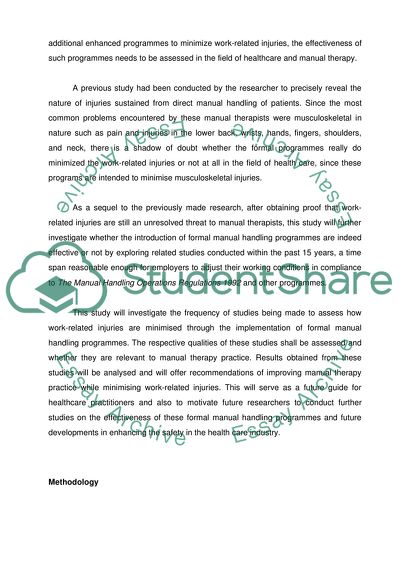Cite this document
(The Benefits of Formal Manual Handling Healthcare Programmes Literature review, n.d.)
The Benefits of Formal Manual Handling Healthcare Programmes Literature review. Retrieved from https://studentshare.org/health-sciences-medicine/1744224-manual-handling-in-healthcare
The Benefits of Formal Manual Handling Healthcare Programmes Literature review. Retrieved from https://studentshare.org/health-sciences-medicine/1744224-manual-handling-in-healthcare
(The Benefits of Formal Manual Handling Healthcare Programmes Literature Review)
The Benefits of Formal Manual Handling Healthcare Programmes Literature Review. https://studentshare.org/health-sciences-medicine/1744224-manual-handling-in-healthcare.
The Benefits of Formal Manual Handling Healthcare Programmes Literature Review. https://studentshare.org/health-sciences-medicine/1744224-manual-handling-in-healthcare.
“The Benefits of Formal Manual Handling Healthcare Programmes Literature Review”, n.d. https://studentshare.org/health-sciences-medicine/1744224-manual-handling-in-healthcare.


